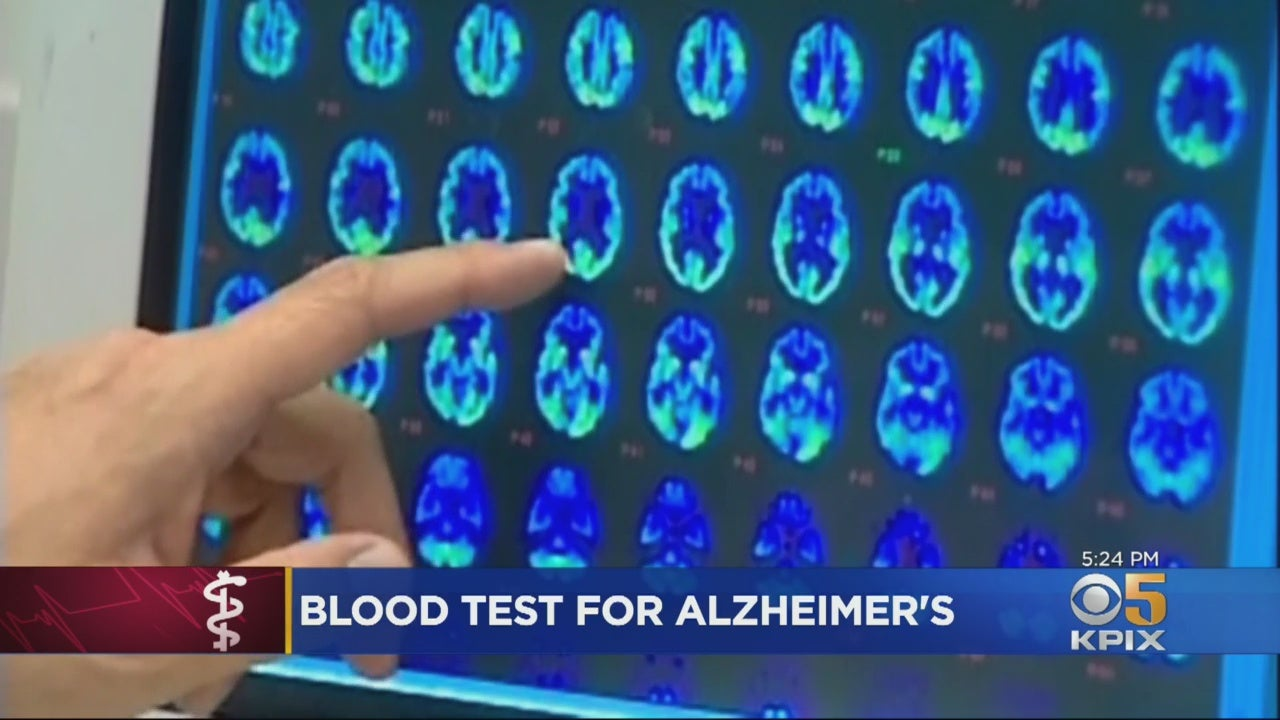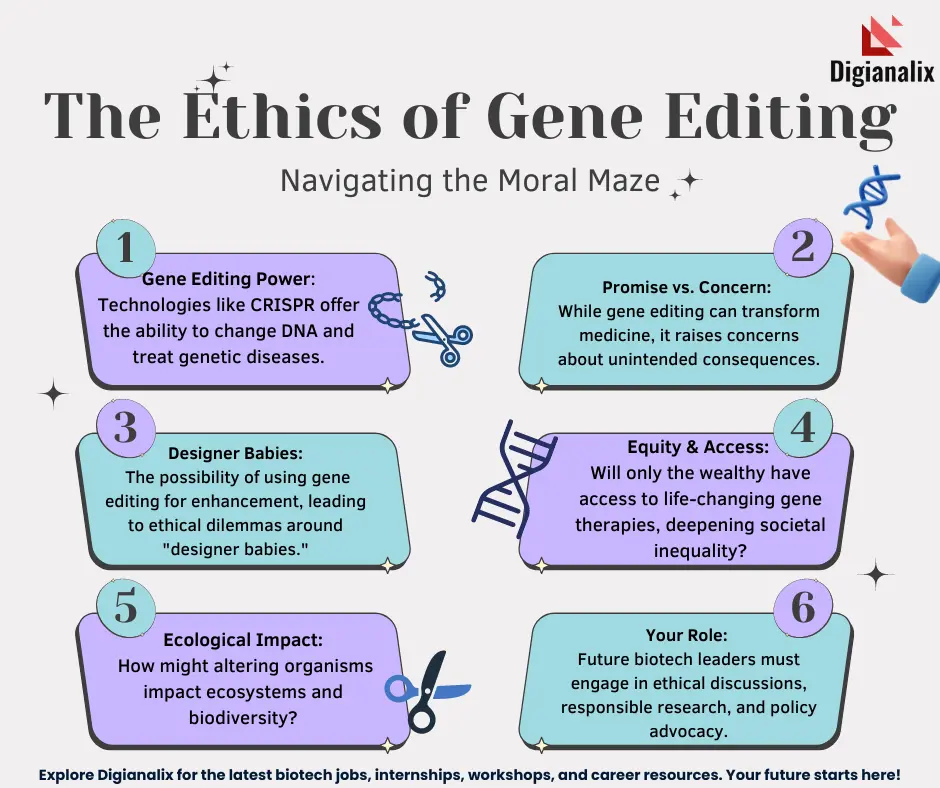Alzheimer’s detection test is on the forefront of innovative approaches to identify early signs of cognitive decline long before memory loss symptoms emerge. Recent research led by Harvard-affiliated Mass General Brigham highlights the effectiveness of an olfactory test, where participants discern various odors, marking a significant advancement in Alzheimer’s disease research. This noninvasive, at-home test not only reveals vital memory loss indicators but also serves as a crucial screening tool for cognitive impairment tests. The findings emphasize the relationship between olfactory dysfunction and neurodegenerative diseases, suggesting potential pathways for intervention in individuals at risk. As such, this detection method paves the way for early diagnosis and tailored treatments, ultimately providing hope for millions affected by Alzheimer’s and similar disorders.
The identification of Alzheimer’s disease through innovative testing methods has become increasingly vital in the realm of healthcare. These cognitive evaluation tools are designed to uncover early signs of dementia-related conditions, enabling timely intervention. Utilizing a sensory-based approach, recent studies have explored the connections between smell perception and the onset of cognitive difficulties. The olfactory assessment, also known as the smell test, offers a simple yet powerful avenue to gauge brain health and track changes over time. By looking closely at memory and sensory function, researchers are laying the groundwork for promising developments in diagnosing and managing Alzheimer’s.
Understanding Cognitive Impairment and Its Early Indicators
Cognitive impairment often serves as a precursor to more serious conditions such as Alzheimer’s disease. Recognizing early signs of Alzheimer’s is crucial, as it allows for timely intervention and management. Symptoms such as mild memory loss, difficulties in concentration, and changes in problem-solving abilities are often some of the first indicators of cognitive decline. These early signs can significantly influence individuals’ and families’ quality of life, making awareness and early detection paramount in Alzheimer’s disease research.
Defining these early signs involves utilizing various cognitive impairment tests, including those assessing short-term memory and decision-making skills. By focusing on these cognitive functions, healthcare provider can better evaluate the risk of individuals developing Alzheimer’s. Identifying these subtle signs before they escalate into more severe symptoms can empower patients with treatment options that may slow progression, allowing for a greater opportunity for patients to maintain their independence.
The Role of Olfactory Tests in Alzheimer’s Detection
Recent advances in Alzheimer’s detection tests highlight the significance of olfactory tests as a potent tool in identifying those at risk for cognitive decline. The olfactory test, which involves simple odor identification tasks, has shown promising results in preliminary studies conducted by researchers from Mass General Brigham. Participants with cognitive impairment tend to score lower on these tests, indicating that anosmia or a reduced sense of smell could be an early warning sign of Alzheimer’s disease. Consequently, such tests provide a noninvasive, cost-effective screening option.
This innovative approach suggests that olfactory testing can effectively be utilized in various research settings and has the potential for widespread clinical application. With the rise of at-home testing, patients can easily assess their risk without the burden of in-office visits. By integrating olfactory tests into routine cognitive screenings, healthcare providers can develop a more robust framework for early Alzheimer’s detection, enhancing patient care and enabling proactive health interventions.
Advancements in At-Home Cognitive Tests
The development of at-home cognitive impairment tests marks a significant leap forward in how we approach Alzheimer’s detection. By making these tests accessible to patients within their own homes, researchers aim to increase participation rates in cognitive assessments. These tests, like the olfactory test developed by Mass General Brigham, simplify the detection of memory loss indicators and allow older adults to take charge of their own health assessments. The convenience and comfort of at-home testing can lead to earlier identification of cognitive decline.
Additionally, these tests can help alleviate the stress often associated with clinical visits, fostering a more accurate representation of one’s cognitive status. For researchers and clinicians, the data collected from these at-home tests could provide deeper insights into the progression of Alzheimer’s disease and the effectiveness of various interventions. This advancement addresses the urgent need for scalable and reliable cognitive impairment tests as the prevalence of Alzheimer’s continues to rise.
The Importance of Memory Loss Indicators in Alzheimer’s Research
Memory loss indicators play a vital role in the research of Alzheimer’s disease, serving as crucial markers that can influence diagnosis and treatment pathways. With conditions like Alzheimer’s, early identification allows researchers to understand the disease’s trajectory and explore preventive measures. Memory loss is not just a symptom; it can be a pivotal sign across the spectrum of cognitive decline, highlighting the need for robust screening protocols.
By focusing on identifying memory loss indicators, researchers can implement strategies that equip individuals and healthcare providers with the necessary tools to manage or even mitigate symptoms. Engaging community awareness around such indicators is essential, as it empowers individuals to seek help when they notice changes in cognitive function, ultimately facilitating earlier intervention strategies.
Combining Cognitive Tests for Comprehensive Assessment
To create a more comprehensive understanding of cognitive health, combining various cognitive impairment tests is necessary. Each test serves a unique function in assessing different aspects of cognitive decline, from memory to problem-solving abilities. By employing an array of tests, researchers can paint a fuller picture of an individual’s cognitive strengths and weaknesses, leading to more tailored intervention strategies.
Integrating olfactory tests with traditional cognitive assessments could enhance the overall validity and sensitivity of early detection systems. This combined approach acknowledges that Alzheimer’s disease is multifaceted and requires a nuanced perspective for effective diagnosis. As research progresses, the incorporation of multiple testing modalities is poised to revolutionize Alzheimer’s disease research, facilitating improved outcomes for at-risk populations.
Future Directions in Alzheimer’s Disease Testing
The future of Alzheimer’s disease testing looks promising, with ongoing research focused on refining and developing new tools for early detection. Innovations like the olfactory test represent exciting opportunities to revolutionize the screening process and enhance our understanding of cognitive impairment. As researchers like Mark Albers emphasize, the potential for at-home testing could democratize access to vital health assessments, particularly for underserved populations.
Furthermore, continued exploration into the relationship between olfactory dysfunction and neurodegenerative diseases may yield groundbreaking insights. By delving deeper into how the sense of smell relates to cognitive health, researchers can uncover critical biomarkers for early intervention. The evolution of Alzheimer’s detection tests is imperative as we strive to improve quality of life for individuals at risk, ultimately working towards proactive care solutions in acute health settings.
Engaging the Community in Alzheimer’s Awareness
Raising community awareness about Alzheimer’s disease and cognitive impairment is essential for fostering an informed public that can recognize the early signs and seek assistance. Community outreach programs that educate individuals on memory loss indicators, olfactory testing, and other cognitive impairment tests ensure that more people can access vital resources. Through workshops, seminars, and support groups, communities can empower individuals to take proactive steps in managing their cognitive health.
Moreover, involving caregivers and family members in discussions about Alzheimer’s detection can aid in recognizing symptoms early on. Providing tools and knowledge to those closest to individuals at risk allows for a supportive environment that promotes healthier lifestyles and interventions. Engaging with the community not only amplifies awareness but also acknowledges the collective responsibility in combating Alzheimer’s disease.
The Economic Impact of Early Alzheimer’s Detection
The economic burden of Alzheimer’s disease is immense, but early detection and intervention can significantly mitigate costs. By identifying cognitive impairment early, healthcare systems can delay the onset of severe symptoms and reduce the necessity for extensive care. Early strategies, centered around testing like olfactory assessments, can lead to timely treatment options that save healthcare costs while enhancing quality of life for patients.
Additionally, engaging patients earlier in a proactive care model can reduce the emotional and financial strain on families. The cost of long-term care for individuals with Alzheimer’s is not only a concern for healthcare systems but also poses challenges for families shouldering these responsibilities. Investments in research aimed at bolstering early detection tests could lead to substantial long-term savings across the board.
Research Developments in Alzheimer’s Disease
Ongoing research into Alzheimer’s disease and cognitive impairment is vital for advancing our understanding of neurodegenerative disorders. Studies focusing on the link between olfactory dysfunction and Alzheimer’s highlight new avenues for testing and diagnosis. Researchers continue to explore how sensory changes can signal broader cognitive issues, shaping future screening protocols for Alzheimer’s detection.
Collaboration between research institutes and healthcare providers will be essential in translating these findings into practical applications. Novel initiatives like the Aromha Brain Health Test are paving the way for innovative solutions to the challenges posed by Alzheimer’s disease. By funding Alzheimer’s disease research and empowering studies dedicated to early detection, we can better equip society to combat this growing health crisis.
Frequently Asked Questions
What is the olfactory test for Alzheimer’s detection?
The olfactory test for Alzheimer’s detection is a new assessment that evaluates a person’s ability to recognize and identify different odors. Developed by researchers at Mass General Brigham, this at-home test can help identify individuals at risk for Alzheimer’s disease by measuring olfactory dysfunction, a potential early sign of cognitive impairment.
How can early signs of Alzheimer’s be detected using cognitive impairment tests?
Cognitive impairment tests are designed to assess memory and cognitive functions. One emerging method is the olfactory test, where individuals identify scents. Research indicates that a decline in the ability to discriminate and remember odors may signal early signs of Alzheimer’s, allowing for earlier intervention.
Why is olfactory dysfunction linked to Alzheimer’s disease research?
Olfactory dysfunction has been linked to Alzheimer’s disease research as it may serve as a subtle warning sign of neurodegenerative diseases. Studies suggest that individuals with Alzheimer’s may experience a decline in their sense of smell before other symptoms like memory loss occur, making olfactory tests a valuable tool in early detection.
What are the memory loss indicators in cognitive impairment tests?
Memory loss indicators in cognitive impairment tests include difficulties with odor identification, discrimination, and recall, which are assessed during olfactory testing. Older adults with cognitive impairment typically score lower on these tests compared to cognitively normal individuals, highlighting the potential risks for developing Alzheimer’s disease.
How effective is the at-home olfactory test for Alzheimer’s detection?
The at-home olfactory test for Alzheimer’s detection has shown promising effectiveness. Participants, regardless of language, successfully performed the test, and results indicated that older adults with cognitive impairment had significantly lower scores than those who were cognitively normal. This suggests its potential for large-scale application in detecting early signs of Alzheimer’s.
Can olfactory tests predict cognitive decline related to Alzheimer’s?
Yes, olfactory tests can potentially predict cognitive decline related to Alzheimer’s disease. Research indicates a correlation between olfactory dysfunction and neurodegeneration, suggesting that these tests may aid in identifying individuals at risk for Alzheimer’s long before noticeable memory problems arise.
What advancements are being made in Alzheimer’s detection tests?
Advancements in Alzheimer’s detection tests include the development of inexpensive, noninvasive olfactory tests that can be conducted at home. Such tests facilitate early detection and may help researchers identify individuals who could benefit from interventions before traditional memory symptoms of Alzheimer’s arise.
| Key Points | Details |
|---|---|
| Researchers developed an at-home test for Alzheimer’s risk | The new olfactory test involves smelling odors and assessing memory and discrimination abilities. |
| Test correlates with cognitive impairment | Older adults with cognitive issues scored lower on the olfactory tests compared to normal adults. |
| Early detection benefits | Identifying risk years before symptoms can lead to early intervention and treatment. |
| Inclusivity in study | Participants included both English and Spanish speakers, with no performance differences noted. |
| Future research directions | Potential for neuropsychological testing and monitoring over time. |
Summary
The Alzheimer’s detection test highlights a groundbreaking approach to identifying individuals at risk of Alzheimer’s disease well before conventional symptoms manifest. By utilizing olfactory tests, researchers at Mass General Brigham have created a non-invasive, cost-effective method that can be conducted at home. This innovative technique not only facilitates early diagnosis but also underscores the importance of smell as a critical indicator of cognitive health. Moving forward, this test could play a pivotal role in Alzheimer’s research, potentially leading to enhanced treatment options.



